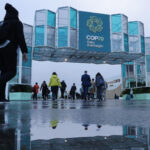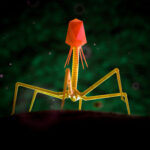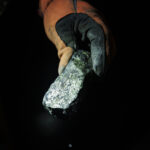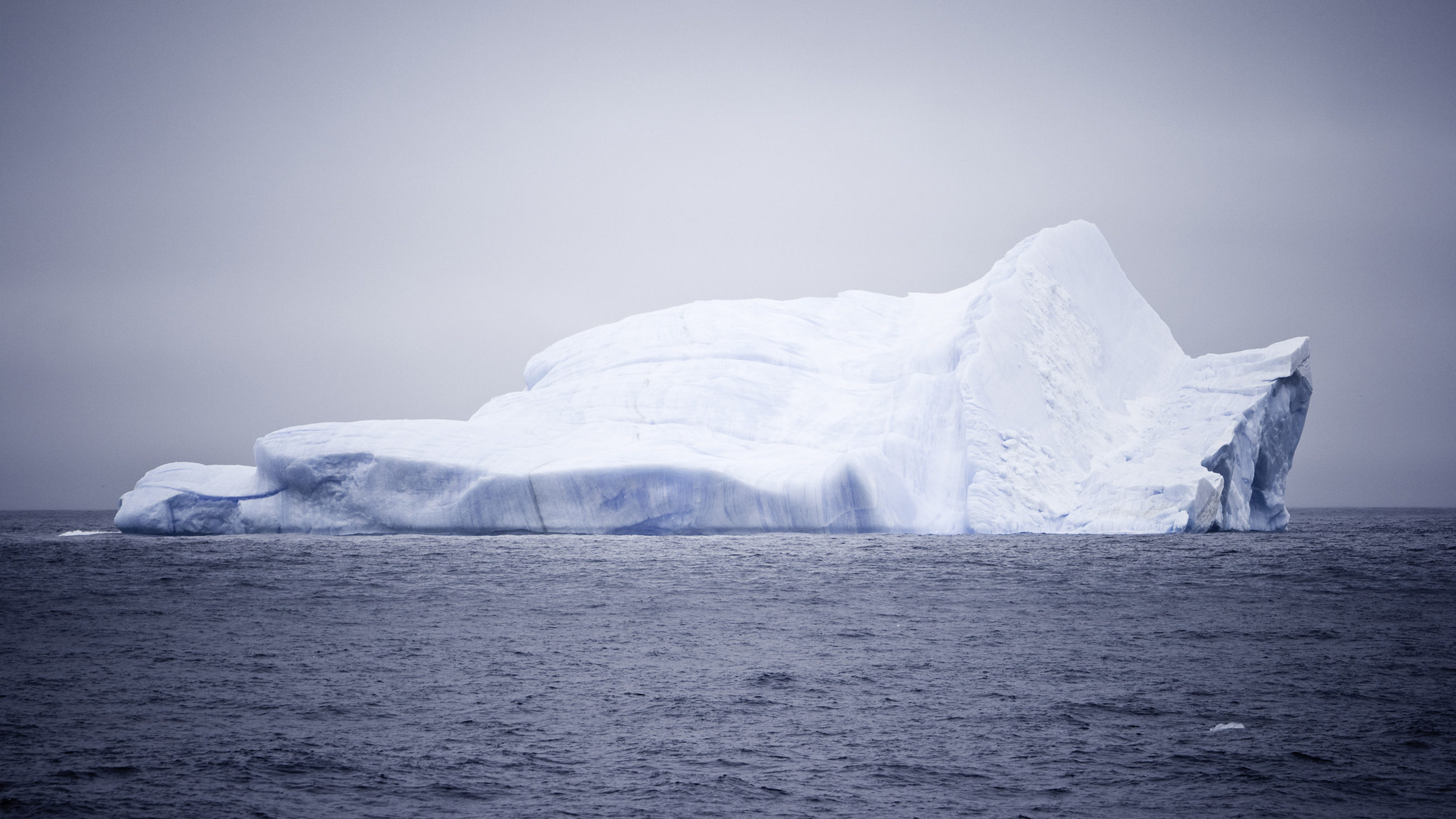In Antarctica’s Shallows, a Climate Paradox
It might seem surprising, but less than 160 feet below the surface of Antarctica’s frigid waters, the seafloor teems with life. And that life, from bone-chomping worms to colonial creatures called bryozoans, has the potential to slow climate change — if only icebergs would stop snuffing it out.
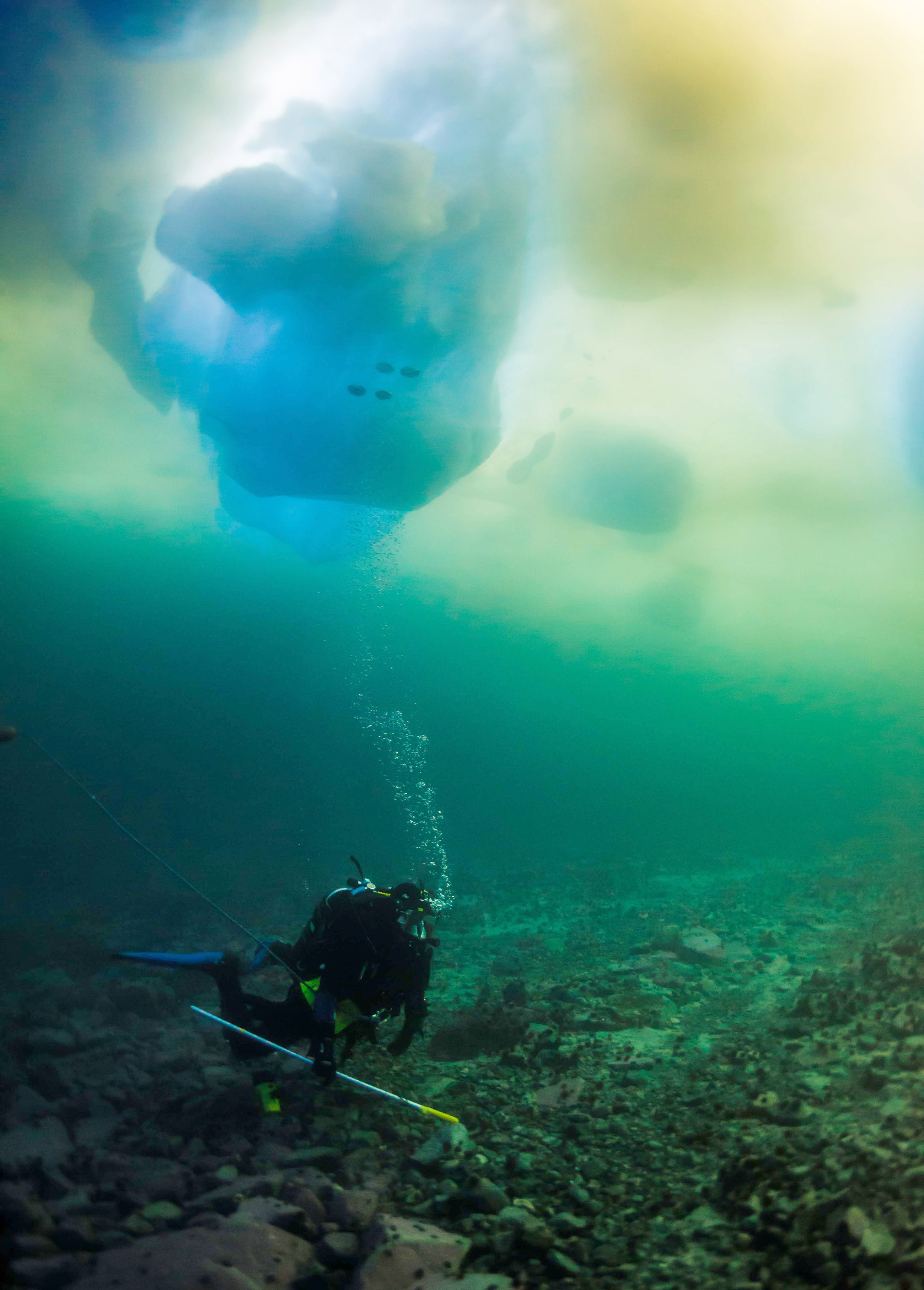
These are the findings of recent research by David Barnes, a scientist at the British Antarctic Survey. Much of Barnes’s work examines the Antarctic continental shelf’s potential to combat climate change by storing “blue carbon” — carbon that begins as waste falling from phytoplankton at the surface, which seafloor organisms then consume and store in the sediment as their own waste.
The depth of the Antarctic shelf prevents this carbon from returning to the atmosphere, making it a valuable carbon sink.
Most research on Antarctic carbon storage focuses on the deep continental shelf, below 200 meters (about 660 feet). But when Barnes began monitoring the shallow shelf in West Antarctica’s Ryder Bay in 2003, he discovered that areas above 50 meters deep were storing much more carbon than previously thought.
His work on these shallow areas, which make up only 2.3 percent of the continent’s vast shelf, suggests that life there stores as much as 1 percent of all human-produced carbon produced per year. “A huge amount of carbon is being taken into the shallows, all by rich life between the spaces where icebergs hit,” he said. “And we found it in a place we didn’t expect — it was right under our noses.”
Like all ecosystems, however, these seafloor communities aren’t sheltered from other effects of a warming planet. As global average temperatures rise, icebergs are breaking off from glaciers with increasing frequency. And as those massive icebergs move with the wind and currents, they scrape along the shallow seafloor, pulverizing those carbon-storing ecosystems.
Without the destructive effect of icebergs, Barnes estimates that the shallow shelf ecosystems of the Antarctic could store an additional 80,000 tonnes (about 90,000 U.S. tons) of carbon per year. “Polar regions punch far above their weight already, and on the long term do a massive service for people,” he said. “When people ask what biodiversity does for us, it’s this.”
While this amount of carbon represents less than 1 percent of yearly global emissions, Barnes adds that without scouring, life in the shallows could multiply, potentially increasing its storage potential. “The bonus would be far more than that extra 80,000 tonnes. Maybe we could see a doubling or even a quadrupling of that amount.”
And yet, this presents a vexing paradox. While the shallow Antarctic shelf appears to have significant potential to slow climate change, it can’t do that until inland glaciers fully melt and no longer create icebergs that destroy the carbon-hungry seafloor communities that thrive there. At the same time, melting glaciers are a huge contributor to one of climate change’s most destructive effects: rising sea levels.
“I struggle to put this work in terms of good or bad,” Barnes said.
Richard Aronson, a marine biologist at the Florida Institute of Technology who studies the ecology of climate change in Antarctica, agreed. “Carbon sinks are a good thing,” he said. “But neither Barnes nor I would ever wish to imply that it would be good if glaciers retreated to the point that fewer icebergs were breaking loose and, therefore, scour was reduced. If we got to that point we would be in a lot more trouble than the increased carbon storage will offset.”
Still, Aronson said he was intrigued by the additional questions Barnes’s paper raised — including how the ecology of the seafloor will change before glacial melt reaches such a dramatic point. He wondered how the material scraped off by increased iceberg scour would affect a seafloor community that is already shifting with climate change.
“My own research is showing that warming sea temperatures off the western Antarctic peninsula are allowing predatory king crabs back into communities on the seafloor, for the first time in millions of years,” he said, adding that the effects of new predators like these on carbon storage and recycling are still unknown.
“Climate change is nonlinear,” Aronson said, “which is to say it is full of surprises.”
Claudia Geib is a Boston-based science writer and editor specializing in marine and environmental science. Her work has appeared in Nautilus, Atlas Obscura, NOVA Next and MIT Tech Review, among other publications. She is a graduate of the MIT Graduate Program in Science Writing.




